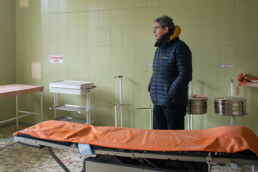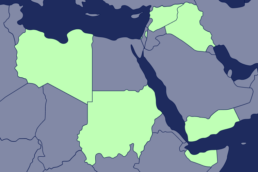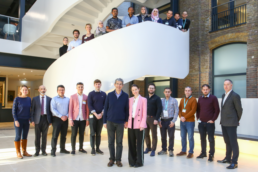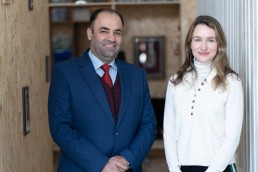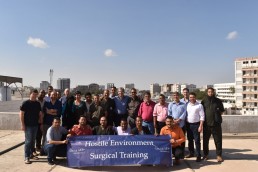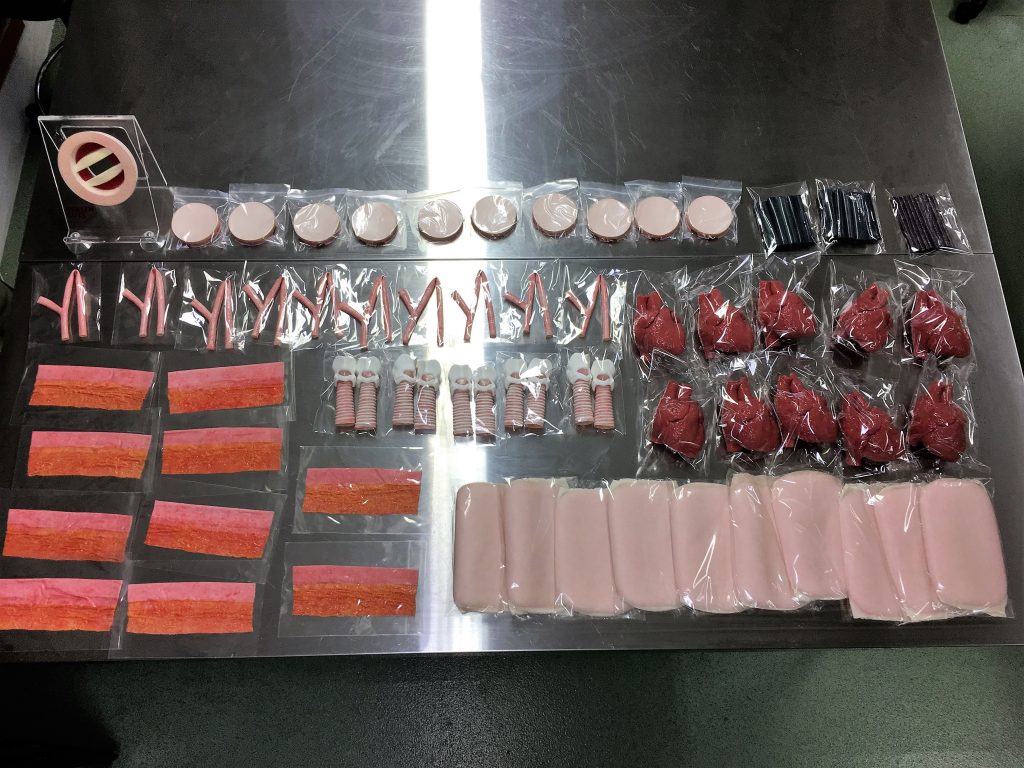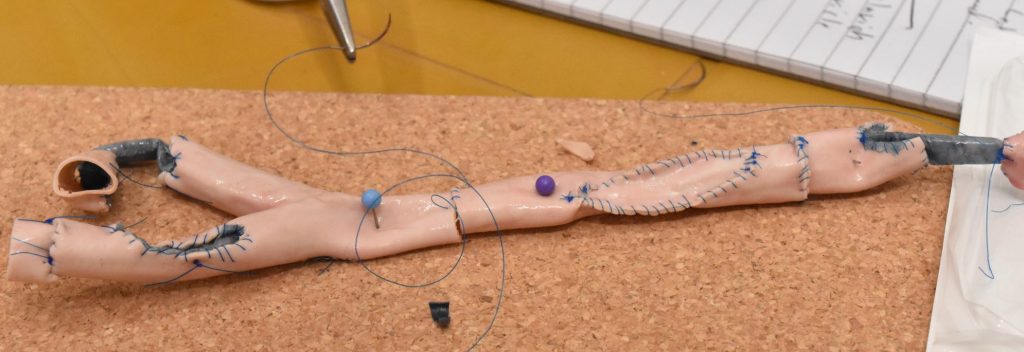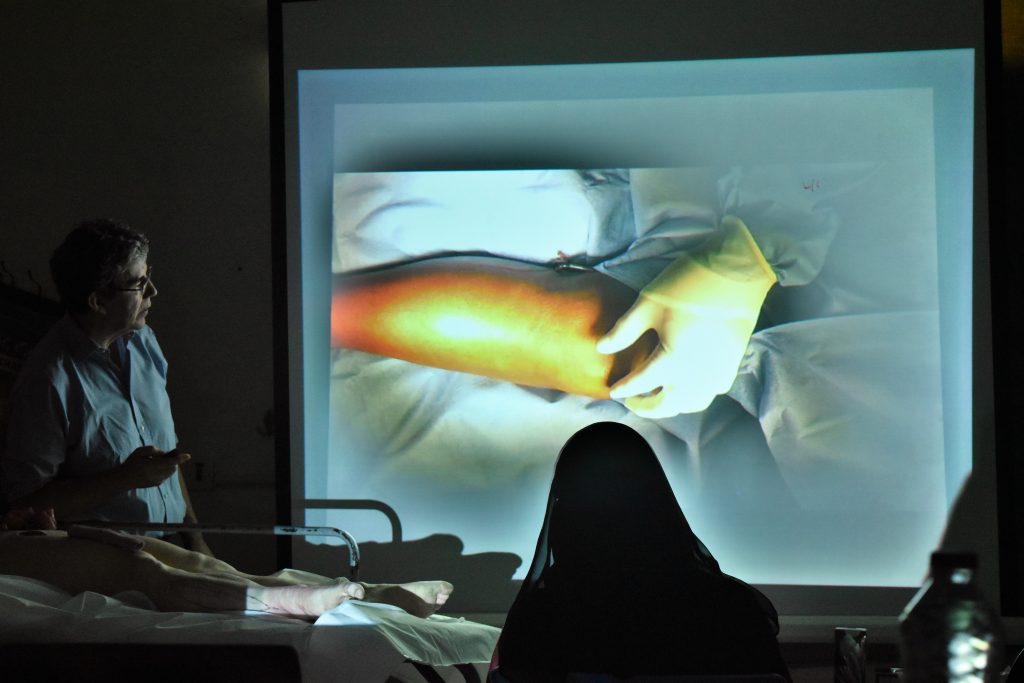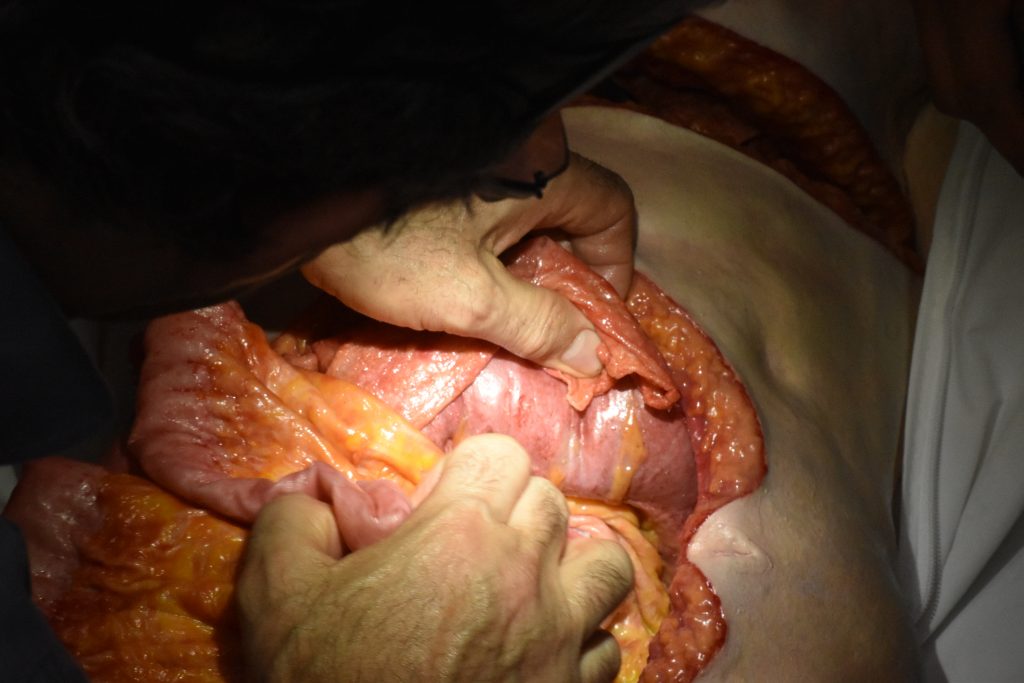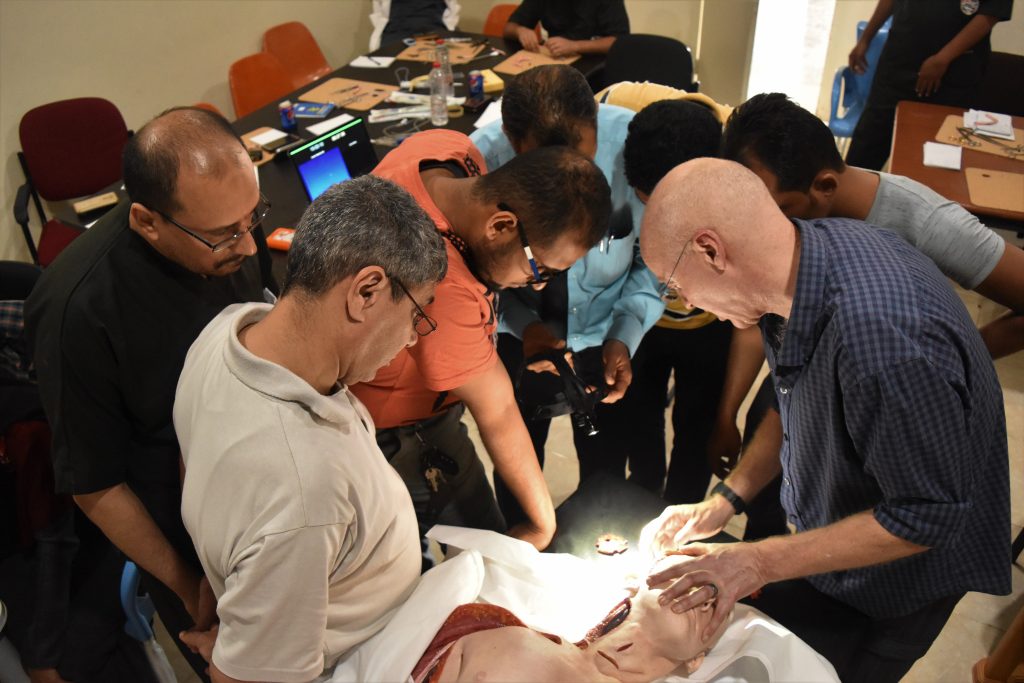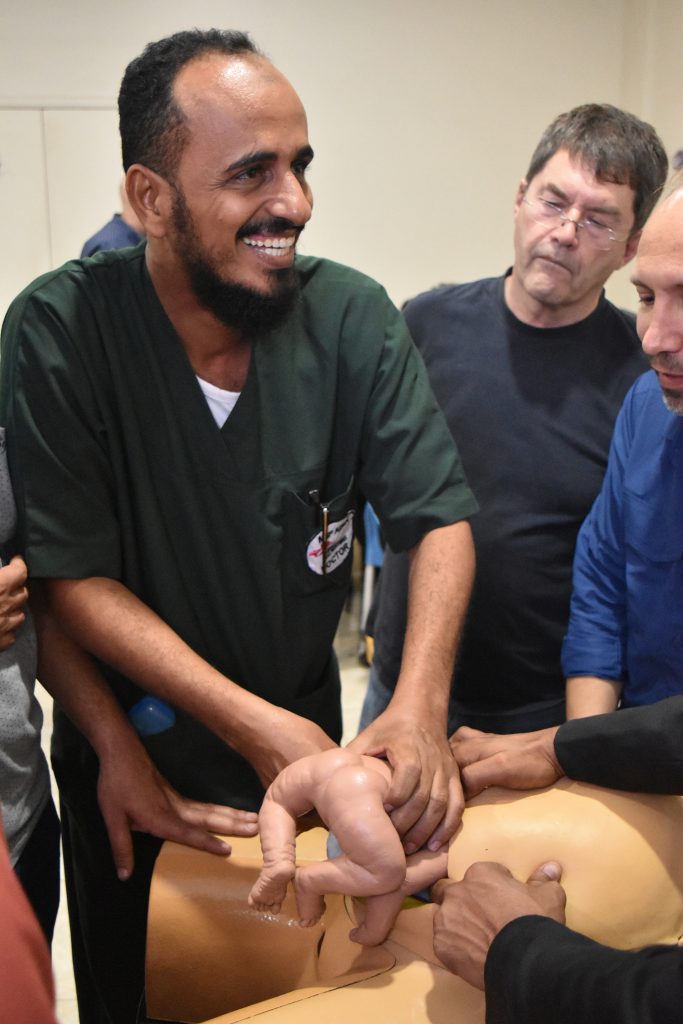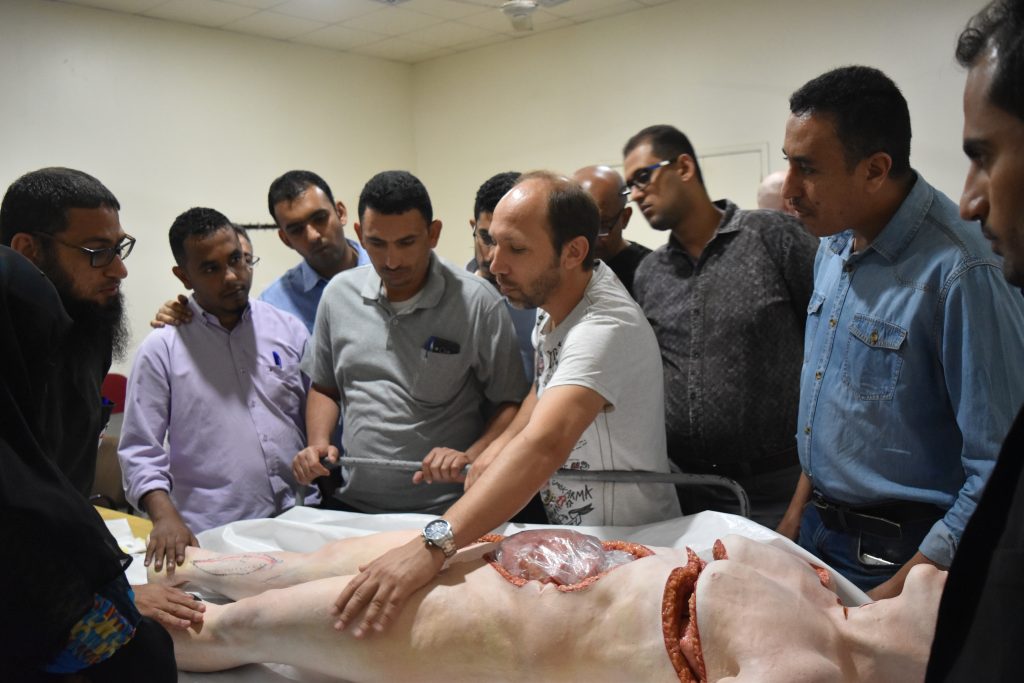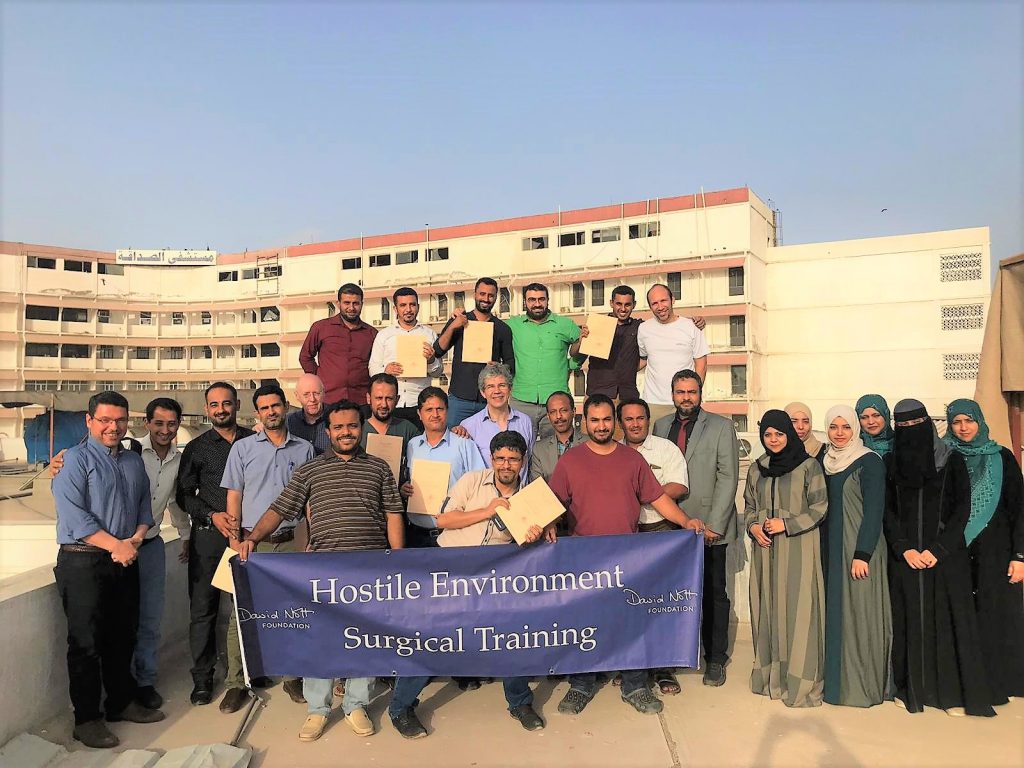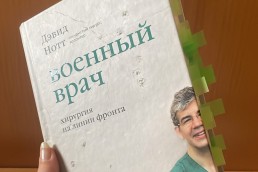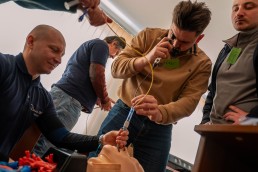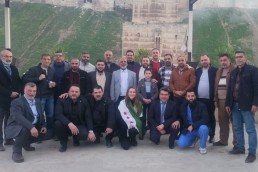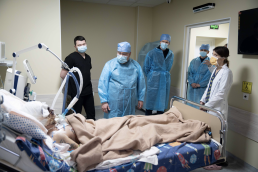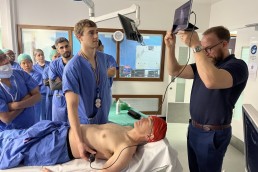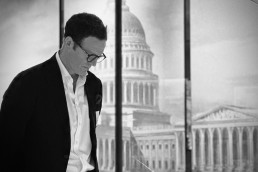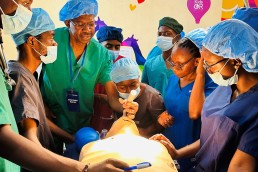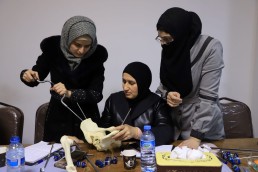Share this story
Read more
Voice from Ukraine
We’re often moved by messages from readers of War Doctor – David’s…
Surgical trainings in Ukraine
Surgeons and anaesthetic surgeons from regions all over Ukraine…
Scoping mission to Syria
Syria’s health system is on the brink after 14 years of devastating…
Visit to Ukraine: the significant challenges of the present and what the next decade will hold
Travelling through Ukraine, its overwhelming cultural power is…
Funding a Palestinian doctor for Paediatric trauma training
The conflict in Israel and Palestine has put Palestinian medical…
End of year reflection from our CEO
As 2024 draws to a close, we must steal a moment for reflection. The…
Strengthening global surgical capacity through HEST-UK training
Building on the success of our partnership with the Royal College of…
Equipping medical heroes of South and North Kivu
The Democratic Republic of the Congo (DRC) continues to face a…
Strengthening trauma response in Northwest Syria
Northwest Syria continues to face escalating hostilities, compounded…
